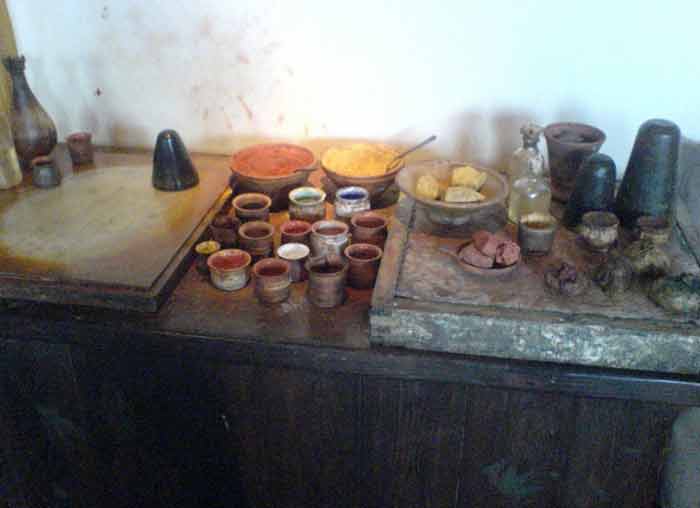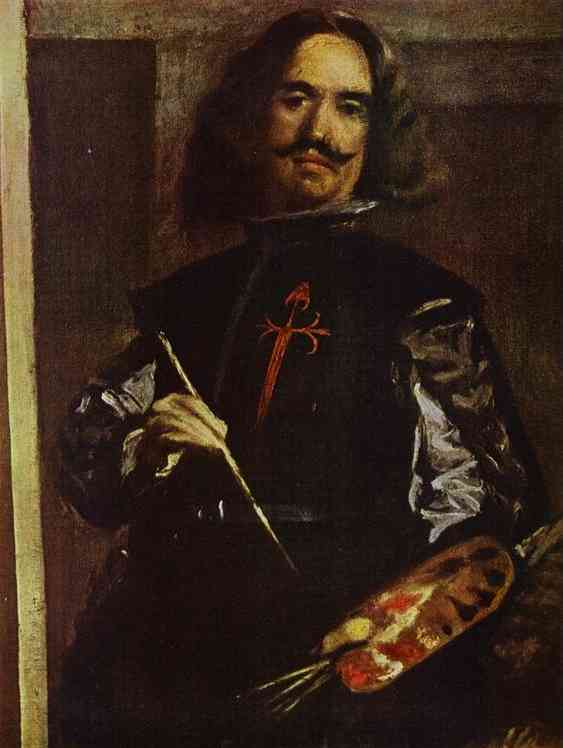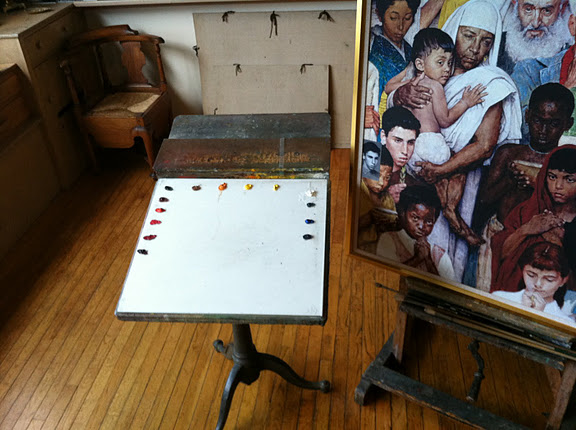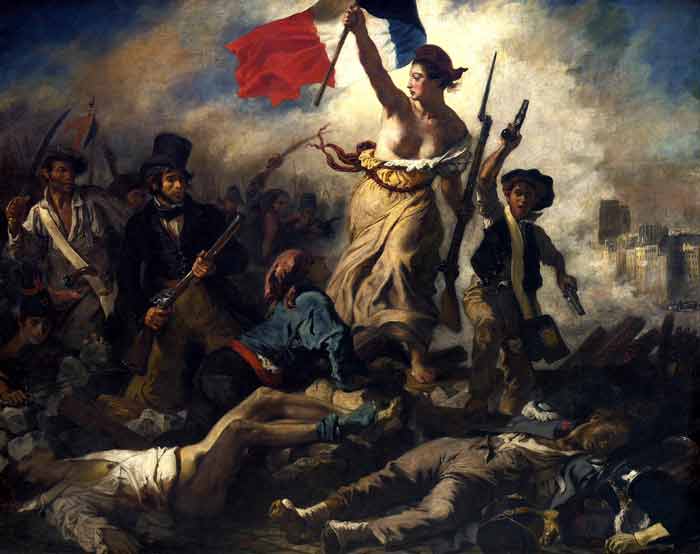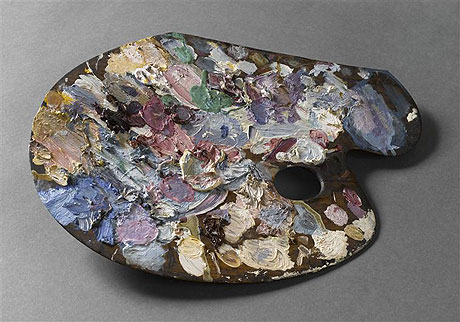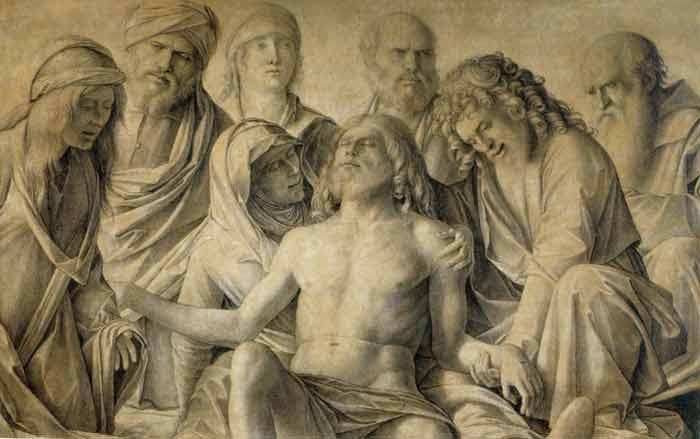On 20 Dec, 2011 With
Oil painting techniques: Rembrandt’s Palette Rembrandt was a Dutch painter and etcher. He is generally considered one of the greatest painters and printmakers in European art history and the most important in Dutch history. Lead white Ochres Bone black Vermillion Siennas Raw umber Burnt umber Lead-Tin Yellow Cassel earth
Read More
On 18 Dec, 2011 With
The Old Masters: Velázquez’s Palette Diego Rodríguez de Silva y Velázquez was a Spanish painter who was the leading artist in the court of King Philip IV. According to Carmen Garrido, Head of Technical Services at the Prado Museum in Madrid and author of Velázquez: Tecnica y Evolución, Velázquez’s palette consisted of the following colors: WHITE: composed of lead white and calcite YELLOW: yellow iron oxide, lead-tin yellow, and Naples yellow (the latter, sparingly) ORANGE: orange iron oxide and vermilion of mercury RED: red iron oxide, vermilion of mercury, and organic red lake BLUE: azurite, lapis lazuli, and smalt BROWN: brown iron oxide and manganese oxide BLACK: organic black of vegetal or animal origin GREEN: azurite, iron oxide, and lead-tin yellow PURPLE: organic red lake and…
Read More
On 9 Dec, 2011 With
Norman Rockwell’s Palette Norman Percevel Rockwell was a 20th-century American painter and illustrator. Alizarin crimson Cadmium red (deep) Cadmium scarlet Cadmium red (extra pale) Burnt sienna Raw Umber Raw Sienna Ferrous yellow Lemon yellow (WN) Zinc white Viridian Cobalt blue Ultramarine blue He has these colors listed as sometimes Magnesium blue Cadmium yellow (medium) Cadmium orange Light red Mars Violet From Rockwell on Rockwell: How I Make a Picture by Norman Rockwell (Hardcover – Nov. 1979)
Read More
On 7 Dec, 2011 With
Eugène Delacroix’s Palette Eugène Delacroix was a French Romantic artist regarded from the outset of his career as the leader of the French Romantic school. Eugène Delacroix’s Palette: lead white charcoal black lamp black raw umber yellow ochre red ochre madder lake lead-tin yellow vermilion lapis lazuli green earth indigo smalt cobalt (probably blue) Egyptian brown (also known as Egyptian Mummy) cadmium (yellow) Indian yellow light chrome yellow zinc yellow red lake vermilion
Read More
On 17 Oct, 2011 With
Techniques of printmaking (etching) as a fine art Etching is part of the intaglio family (along with engraving, drypoint, mezzotint, and aquatint.) The process is believed to have been invented by Daniel Hopfer (circa 1470-1536) of Augsburg, Germany, who decorated armour in this way, and applied the method to printmaking. Etching soon came to challenge engraving as the most popular printmaking medium. Its great advantage was that, unlike engraving which requires special skill in metalworking, etching is relatively easy to learn for an artist trained in drawing. Etching prints are generally linear and often contain fine detail and contours. Lines can vary from smooth to sketchy. An etching is opposite of a woodcut in that the raised portions of an…
Read More
On 1 Sep, 2011 With
Palettes of Famous Painters Of Gustave Moreau, the art critic Charles Blanc, whose writings (still essential reading) and triangle based colour-system are considered the most influential texts on colour theory, wrote in Le Temps, 1881: “One would have to coin a word for the occasion if one wished to characterise the talent of Gustave Moreau, the word colourism for example, which would well convey all that is excessive, superb and prodigious in his love for colour. … It is as if one were in the presence of an illuminator who had been a jeweller before becoming a painter and who, having yielded to the intoxication of colour, had ground rubies, sapphires, emeralds, topazes, opals, pearls and mother of pearl to…
Read More
On 14 Feb, 2011 With
Painting Techniques – Working in layers Oil Painting Working in layers is used extensively in oil painting for paintings that require more than one session. For a painting that develops over several days, allowing for the oil paint to dry for a given layer, it is helpful to work with explicit painting layers. The first layer may be a ground, usually applied all over the surface. Then an underdrawing in outline may follow. Then comes underpainting, overpainting, and finally semi-transparent glazes and varnish. All of these layers will affect the appearance of the final painting. To understand the role of underpainting, one can use metaphor and think of the underpainting as a base-rhythm in music, and the overpainting as a…
Read More
On 25 Jan, 2011 With
Painting techniques – Cangiante Cangiante is one of the four canonical painting modes of the Renaissance (the other three being Unione, Chiaroscuro, and Sfumato). The word itself derives from the Italian cangiare (“to change”). Cangiante is characterized by the painter’s changing to a different, lighter, hue when the original hue cannot be made light enough or, on the converse, changing to a darker hue when the original hue cannot be made dark enough. The painter may change, for example, from the color yellow to the color red (regardless of the object’s actual color) when painting shadows on a yellow object simply because the yellow he has to work with cannot be made dark enough to render shadows on that object…
Read More


